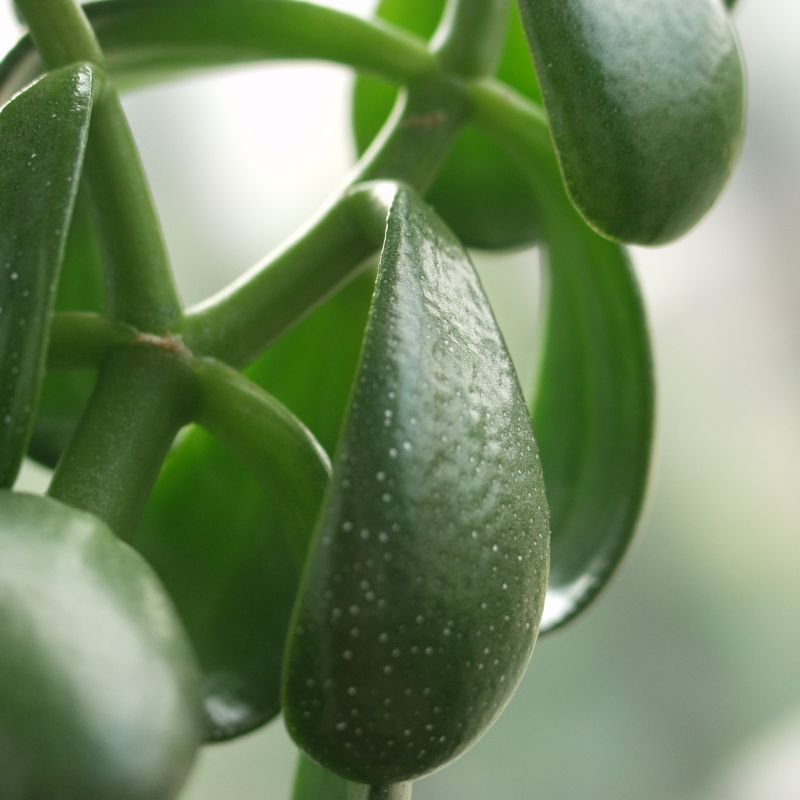Crassula argentea (12cm Pot)
Product Code: 159205
£5.99
- C. ovata is a bushy succulent sub-shrub with rounded fleshy dark green leaves often edged with red, and flat clusters of small starry white or light pink flowers in late summer
- Light: Most Crassula plants need some shade in the hottest part of summer but require bright light to attain their most vibrant color. When grown indoors, place your plants in a spot that receives bright indirect light all day, or direct sun for six hours of the day. A southern-facing window is ideal
- Watering: As a general rule of thumb, succulent plants prefer sparse watering. To avoid overwatering, soak the plant, allow it to drain completely, then wait for the soil to dry out before watering again. During cooler months, you can reduce watering, as the roots can rot in cold, wet soil. When grown indoors, watering should be minimized from late fall through winter, as the plants go semi-dormant during this time
- Temperature. Crassula Argentea plants thrive at room temperature (65° to 75°F / 18° to 24°C), but prefer somewhat colder nighttime and winter temperatures (down to 55°F / 13°C).
- Aditional care advice: Crassula can be sensitive to temperature. Too hot, and they will go dormant and drop their lower leaves—too cold, and they will fail to grow or thrive. Other than that, they tend to tolerate neglect just fine. With all species, you can aggressively cut the plants back whenever they get straggly or leggy
Description
Description
Crassula ovata is sometimes listed as Crassula argentea and is a tender evergreen succulent. It bears attractive rounded, fleshy, glossy, jade green leaves. These may develop a red tinge around the edges when grown in high light levels. The new stems have the same colour and texture, becoming brown and woody as they age and the plant grows larger. Plants may flower in summer, but they rarely do.









